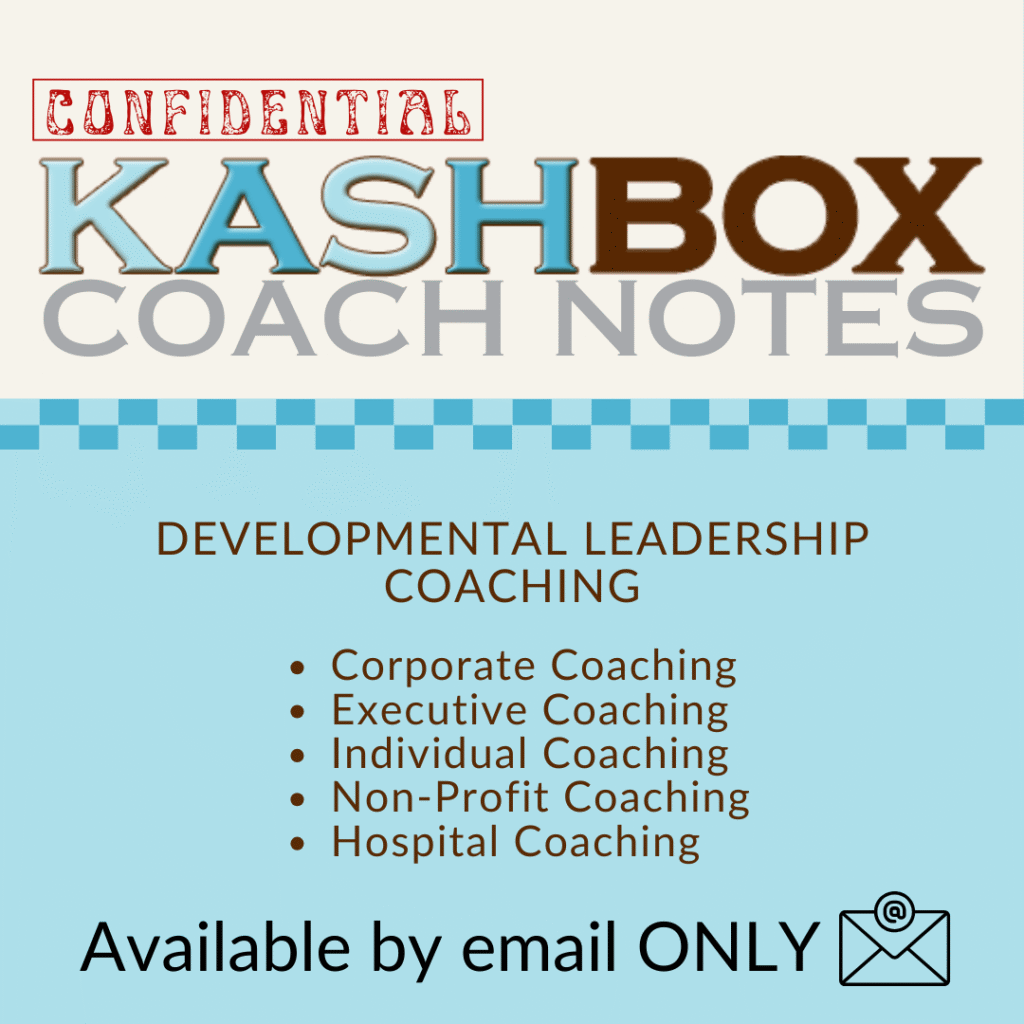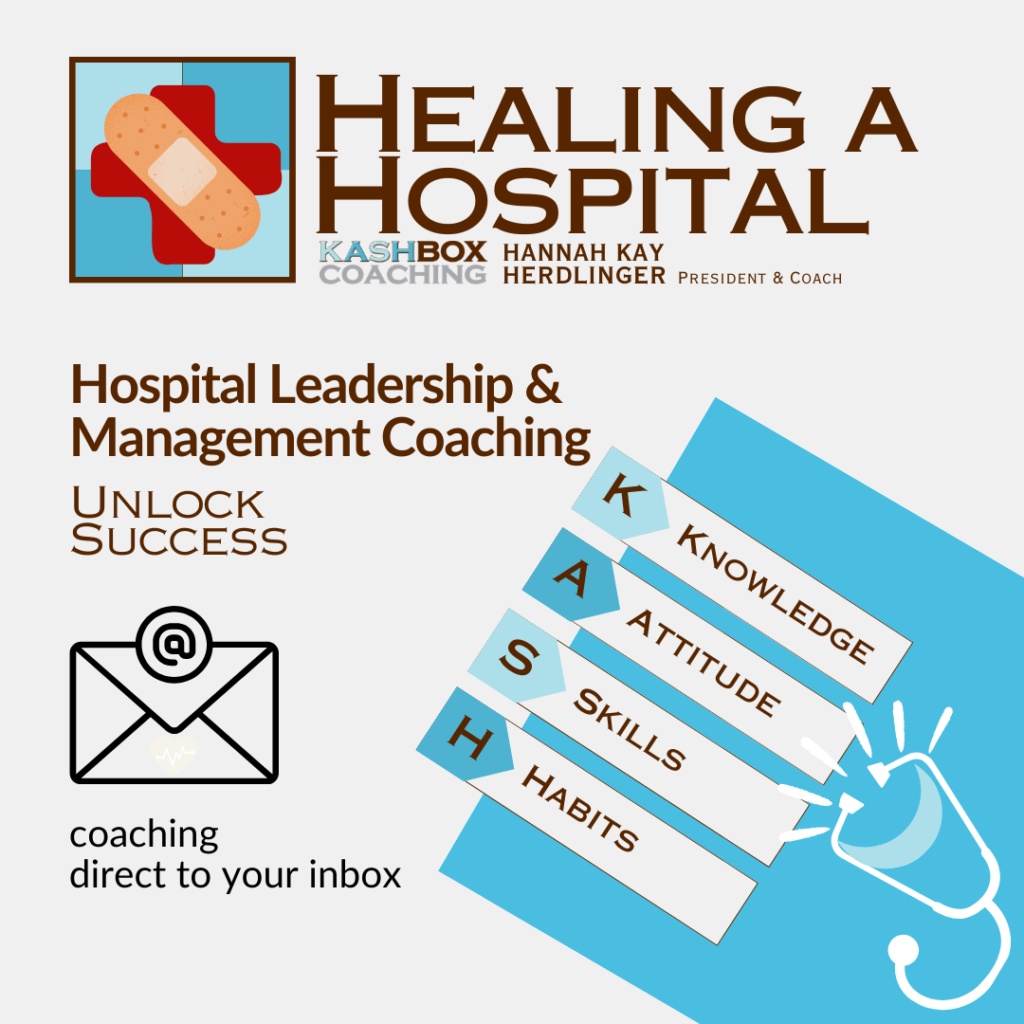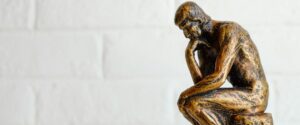Kashbox Coach Notes

Metamorphosis in Leadership: The Butterfly Effect on Modern Teams
Traditional leadership paradigms are increasingly inadequate. Modern leadership rests on four foundational pillars: K-A-S-H.
Read Coach Note
Leadership Coaching: 20 Essential Skills for Success
Skills catalyze meaningful change in leadership coaching supports clients in their journey of growth and self-discovery.
Read Coach Note
Echoes from the Business Leadership Future: Predicting Success Through Time-Traveling Management
How is Time-Traveling Management (TTM) changing business leadership and management? Interested in leading with greater wisdom and foresight?
Read Coach Note
Cultivating Positive Attitudes: 20 Ways Attitudes Enhance Leadership Coaching
Attitudes serve as the invisible threads that weave together the fabric of leadership coaching, infusing the journey with positivity.
Read Coach Note
The Corporate Odyssey: Navigating the Starlit Seas of Business Innovation
The path of business innovation presents new challenges. The synergy of knowledge, attitudes, skills, and habits drives opportunities.
Read Coach Note
20 Ways Knowledge Enhances Leadership Coaching: A Comprehensive Guide
A Comprehensive Guide: In the dynamic executive coaching landscape, knowledge is the beacon illuminating pathways to professional development.
Read Coach Note
Orchestrating Success in Silence: The Unheard Symphony of Introverted Leadership
Let's delve into the nuanced artistry of introverted leadership, and why their approach is vital in diverse corporate management.
Read Coach Note
Habitology: Engineering Personal Growth in the Laboratory of Life
Engineering personal growth requires curiosity about one's own life. Habits are the invisible architecture of daily life.
Read Coach Note
The Quantum Leap of Skills: Where Science Meets Corporate Mastery
"Quantum Leap of Skills," a phenomenon where leaps in understanding and capability are not incremental but exponential skill development.
Read Coach Note
Alchemy of Attitudes: Transmuting Corporate Culture into Pure Gold
The modern alchemy we speak of is not of metals, but of attitudes, aiming to transmute the very essence of corporate culture into something
Read Coach Note
Unlocking the DNA of Success: Genetic Coding in Business Strategies
There's a metaphorical genetic coding in successful business strategies that, when deciphered, can unleash unparalleled growth...
Read Coach Note
Crafting Change: The Artisan’s Approach to Transformational Leadership
Transformational leadership is not just a buzzword but a vital skill, akin to an artisan perfecting their craft.
Read Coach Note
Knowledge
Attitudes
Skills
Habits

























